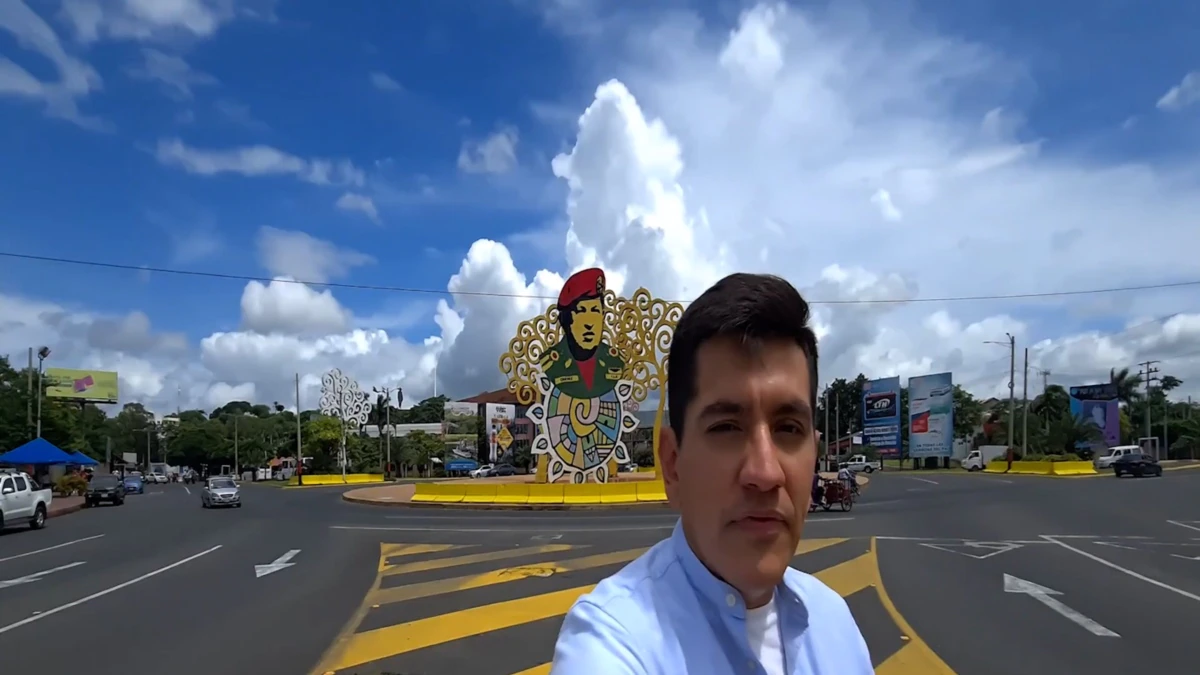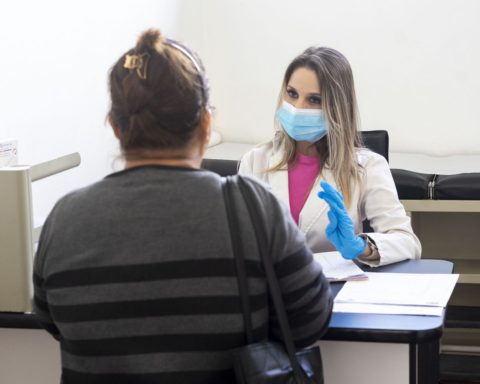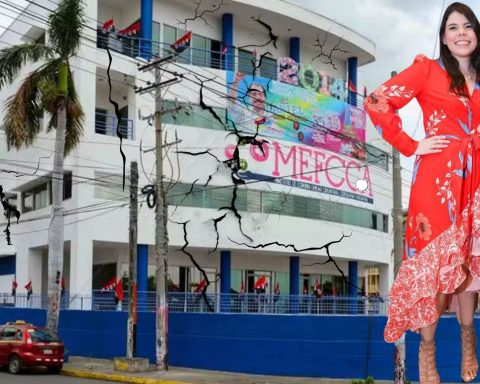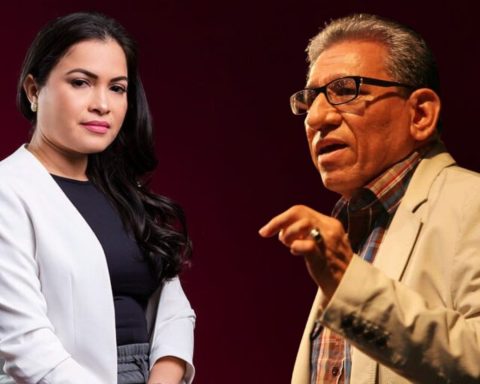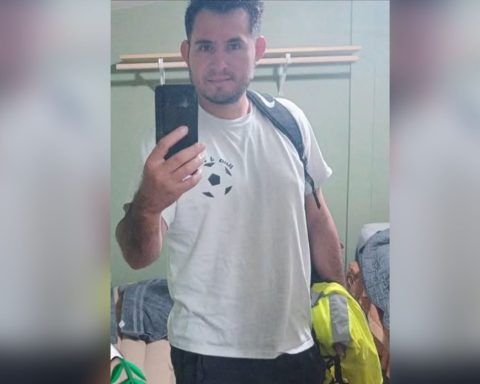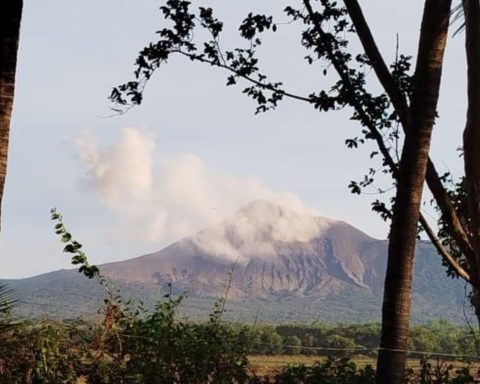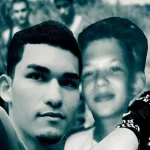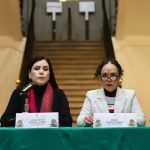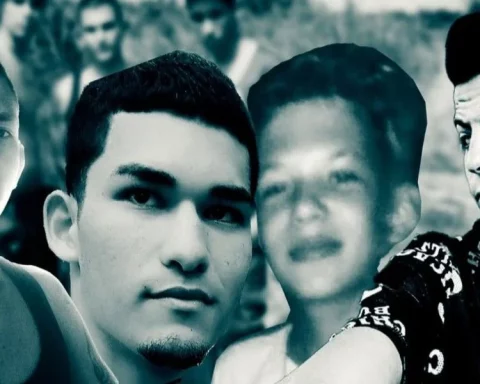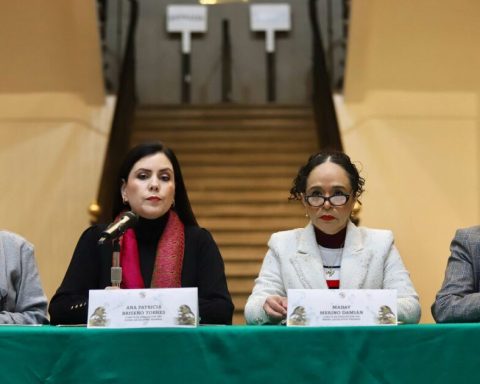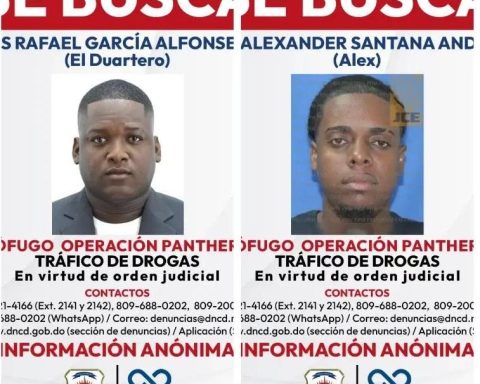Mexican journalist Otoniel Martínez, who works for Canal TV Azteca, brought only a cell phone and a small bag with him to enter Nicaragua as a tourist, which is experiencing one of its worst political crises in the last 30 years.
Martínez assures that he did not come to Nicaragua to be distracted, but to expose what people were experiencing. Several media reporters in Nicaragua warned him that his life was in danger, but he says that motivated him even more.
He entered by land through the Nicaraguan border of Peñas Blancas, which borders Costa Rica, during the first weeks of July. He chose that route because he assures that the mechanisms to enter Managua that way are less complex. To enter by air, the government requests a negative Covid-19 test 72 hours in advance, and that way it knows who is the person who will travel.
In several cases, the government of Daniel Ortega has denied entry to foreign journalists, and little by little the prohibitions have been extended even to Nicaraguan reporters, as happened with Tiffany Roberts, a correspondent for the Univisión network, when in June of this year tried to get to Managua to visit his family. Roberts complained that the Ortega government notified him that she was preventing him from entering through the airline.
Martínez told VOA that “there is no way for a journalist who is not a friend of the regime to obtain permission to enter Nicaragua,” and described the coverage as “a journey between secrecy and paranoia.”
Martínez said that he knew what was happening in Nicaragua from what he read. But he ended up confirming “unreal stories” in some 15 interviews he conducted in what he called a “front country.”
A clandestine trip
The Mexican journalist described the trip as “clandestine” and with certain limitations, such as the use of professional cameras. However, he was detained on several occasions and they made him delete some videos from his cell phone when he recorded in some places in Managua.
The material includes interviews with clandestine Nicaraguans, people from the government and a shot of Daniel Ortega himself, who was attending a private event to celebrate the 43rd anniversary of the Sandinista revolution. The journalist kept the material in external memories.
“Every day we went out to the streets with a lot of fear of being detained, questioned and deported. They had already told us that, in case they caught us doing what we were doing, what was going to happen was that they were going to arrest us, they were going to send us to one of these famous prisons, like El Chipote, and that the time we were going to be in that prison depended on the reaction time of the embassy,” he added.
Although the Ortega government has not reacted directly to the series of published reports, the ruling party has. A police convoy stationed itself outside the Managua bus terminal, where foreigners usually arrive.
“That Mexican gentleman who came should have gone to the processions of Santo Domingo, let him see the tranquility in the faces of happy, safe and calm Nicaraguans,” deputy Adolfo Pastrán said on an official channel, alluding to Martínez’s reports. .
Since 2018, Nicaragua has experienced one of its worst political crises, after protests against the government that left more than 300 dead. Ortega has prohibited any type of contrary demonstration and has imposed what human rights experts have classified as “a de facto police state.”
VOA journalist Houston Castillo contributed to this report
Connect with the Voice of America! Subscribe to our channel Youtube and turn on notifications, or follow us on social media: Facebook, Twitter and Instagram.
